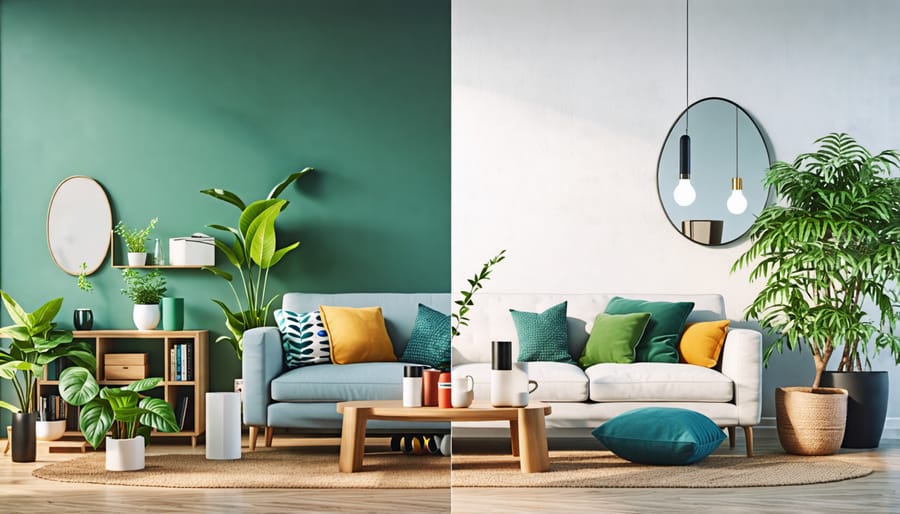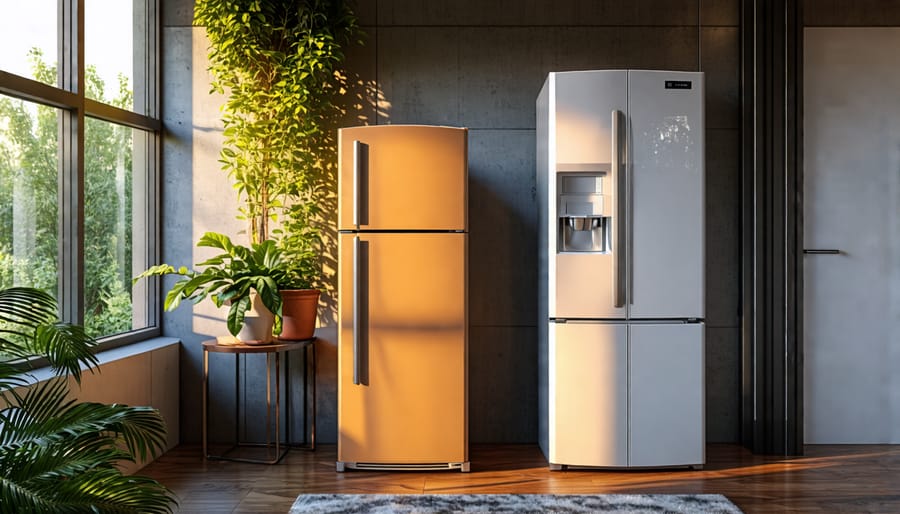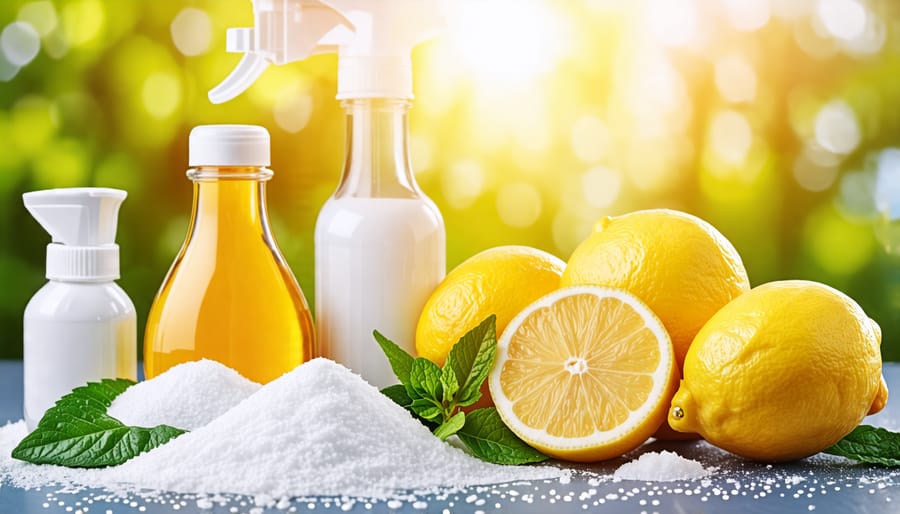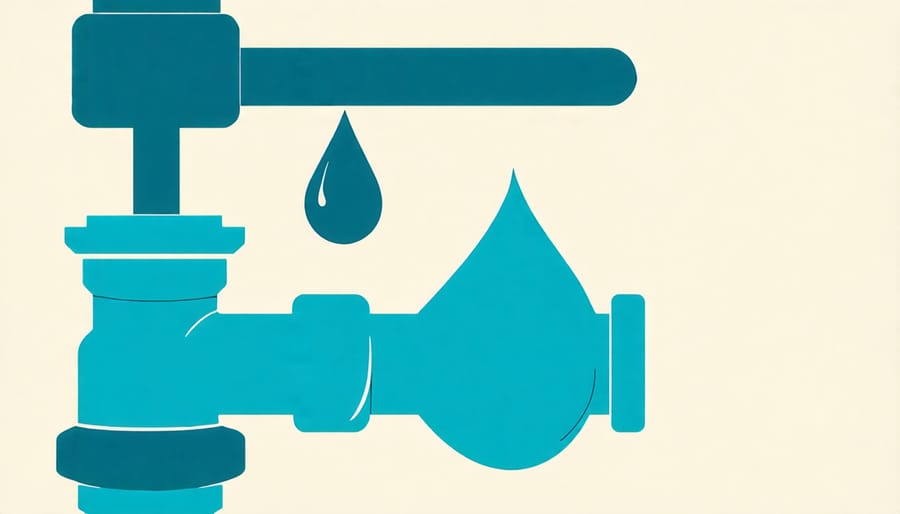
Is Your Home a Secret Eco-Villain? 7 Surprising Ways You May Be Harming the Planet
Examine your daily habits and home for hidden environmental hazards lurking in unsuspecting places. From disposable coffee pods and plastic water bottles to energy-guzzling incandescent light bulbs, many common household items leave a larger ecological footprint than you may realize. Even seemingly innocuous choices like single-use paper towels or traditional cleaning products can contribute to deforestation, water pollution, and overflowing landfills. By making small, conscious changes—such as switching to Eco-Friendly DIY Projects, reusable containers, LED bulbs, and natural cleaners—you can significantly reduce your home’s environmental impact without sacrificing convenience or style. It’s time to look beyond the obvious and uncover the surprising ways our everyday choices shape the planet’s future.
Energy-Draining Appliances
Spotting Energy Hogs
To identify the biggest energy hogs in your home, start by looking for older appliances, especially refrigerators, air conditioners, and water heaters. These tend to be less efficient than newer, Energy Star-certified models. Check for appliances that run constantly, like an old fridge in the garage, as they can quietly rack up your energy bill. Also, watch out for “vampire” electronics that draw power even when turned off, such as TVs, computers, and gaming consoles. Consider using a power strip to easily switch these off completely when not in use. Finally, take note of any appliances that seem to be working harder than they should, like a dishwasher that takes an extra-long cycle or a dryer that needs two cycles to fully dry a load. These may need maintenance or replacement to improve their efficiency and eco-friendliness.

Eco-Friendly Alternatives
Upgrading to energy-efficient appliances is a smart way to make your home more eco-friendly while also saving money on utility bills. Start by replacing old, power-hungry refrigerators, dishwashers, and washing machines with ENERGY STAR certified models that use less electricity and water. When it’s time to replace your HVAC system, opt for a high-efficiency unit with a good SEER rating. Consider installing a programmable thermostat to optimize your heating and cooling schedules. In the kitchen, induction cooktops and convection ovens can help you cook more efficiently. Don’t forget about smaller appliances like TVs, computers, and gaming consoles – look for models with low standby power consumption. By making these energy-efficient appliance upgrades, you’ll reduce your home’s environmental impact and enjoy long-term savings on your energy bills.
Toxic Cleaning Products

Natural Cleaning Solutions
Here are some simple recipes for making your own non-toxic, eco-friendly cleaning products at home:
All-Purpose Cleaner: Mix 1 part white vinegar with 1 part water in a spray bottle. Add a few drops of your favorite essential oil for a pleasant scent. Use on countertops, sinks, tables, and other hard surfaces.
Glass Cleaner: Combine 2 cups water, 1/2 cup white vinegar, and 1/4 cup rubbing alcohol in a spray bottle. Spray on windows and mirrors and wipe clean with a lint-free cloth or paper towel.
Toilet Bowl Cleaner: Pour 1 cup of baking soda into the toilet bowl, followed by 1 cup of white vinegar. Let sit for 10 minutes before scrubbing with a toilet brush. The fizzing action will help remove stains and odors.
Sink and Tub Scrub: Mix 1/2 cup baking soda with enough liquid castile soap to form a paste. Apply to sinks, tubs, and showers, then scrub and rinse clean. For tough stains, let sit for 5-10 minutes before scrubbing.
Furniture Polish: Combine 1/4 cup olive oil, 1/4 cup white vinegar, and 1 teaspoon lemon juice in a spray bottle. Shake well and spray onto a microfiber cloth. Use to dust and polish wood furniture.
By making your own cleaning products with simple, non-toxic ingredients, you can effectively clean your home while being kind to the environment. Plus, it’s often more affordable than buying commercial green cleaners. Give these recipes a try!
Phantom Energy Loss
Many people don’t realize that electronics can still draw power even when turned off. This “phantom energy loss” occurs when devices are plugged in but not actively in use. Televisions, computers, phone chargers, and small kitchen appliances are common culprits. Over time, this standby power consumption can add up, wasting energy and money.
To combat phantom energy loss, unplug electronics when not in use or plug them into power strips that can be switched off. Many newer devices have energy-saving features, but they may still draw some power. Fully powering down or unplugging is the surest way to eliminate waste.
Simple water-saving tips in the kitchen and bathroom, like fixing leaky faucets and installing low-flow fixtures, can also make a big difference. By being mindful of energy and water consumption, you can create a more eco-friendly home that’s kinder to the planet and your wallet. Small changes in daily habits, combined with smart home upgrades, will put you on the path to greener living.

Wasteful Water Habits
Smart Water-Saving Tips
Here are some smart water-saving tips to reduce consumption at home:
Fix any leaky faucets or running toilets promptly. A slow drip can waste over 15 gallons per day. Install low-flow showerheads and faucet aerators. These inexpensive devices mix air into the water stream, reducing flow while maintaining pressure. Opt for a dual-flush or low-flow toilet, which uses significantly less water per flush compared to older models.
In the kitchen, fill up your dishwasher completely before running it. Most newer dishwashers actually use less water than hand washing. If washing dishes by hand, plug the sink and fill it with soapy water rather than letting the faucet run continuously.
For laundry, choose an Energy Star certified washing machine, which can use 45% less water per load. Only run the washer with a full load. Outdoors, replace some of your lawn with native, drought-tolerant plants and shrubs. Set up a rain barrel to collect runoff from your roof to water plants. Use mulch generously in beds to help retain soil moisture.
With a few easy adjustments and upgrades, you can significantly cut home water usage, saving money and precious resources. Small changes add up to a big positive impact.
Unsustainable Décor and Furniture
When it comes to decorating our homes, we often prioritize style and comfort without considering the environmental impact of our choices. Unfortunately, many common home décor items can have surprisingly negative effects on the planet. Take fur, for example – while it may add a luxurious touch, the fur industry is notorious for its cruel practices and heavy pollution. Similarly, certain wood products like exotic hardwoods are often harvested unsustainably, contributing to deforestation and habitat loss. And let’s not forget about disposable décor – those cute paper streamers and plastic baubles may be convenient, but they end up in landfills after just one use.
So what can eco-conscious homeowners do? Start by opting for décor made from sustainable, renewable materials like bamboo, organic cotton, or recycled glass. Look for certifications like FSC (Forest Stewardship Council) when buying wood products to ensure responsible sourcing. And instead of buying disposable items for parties or holidays, invest in reusable décor that you can enjoy year after year. With a little research and mindfulness, we can all create beautiful, inviting spaces without compromising our planet’s well-being. Remember, every décor choice we make has an impact – let’s strive to make it a positive one.
Conclusion
In conclusion, creating an eco-friendly home requires a holistic approach that considers every aspect of your living space. By being mindful of the materials, products, and practices you use, you can significantly reduce your environmental impact. Start by evaluating your home’s current eco-friendliness and identifying areas for improvement. Small changes, such as switching to energy-efficient appliances, using natural cleaning products, and opting for sustainable furnishings, can make a big difference. Remember, every effort counts towards building a more sustainable future. As you embark on this eco-friendly journey, embrace the opportunity to create a healthier, more environmentally conscious home that benefits both your family and the planet. With dedication and mindfulness, you can transform your living space into a shining example of sustainability and inspire others to do the same. Together, we can make a positive impact on the environment, one home at a time.
